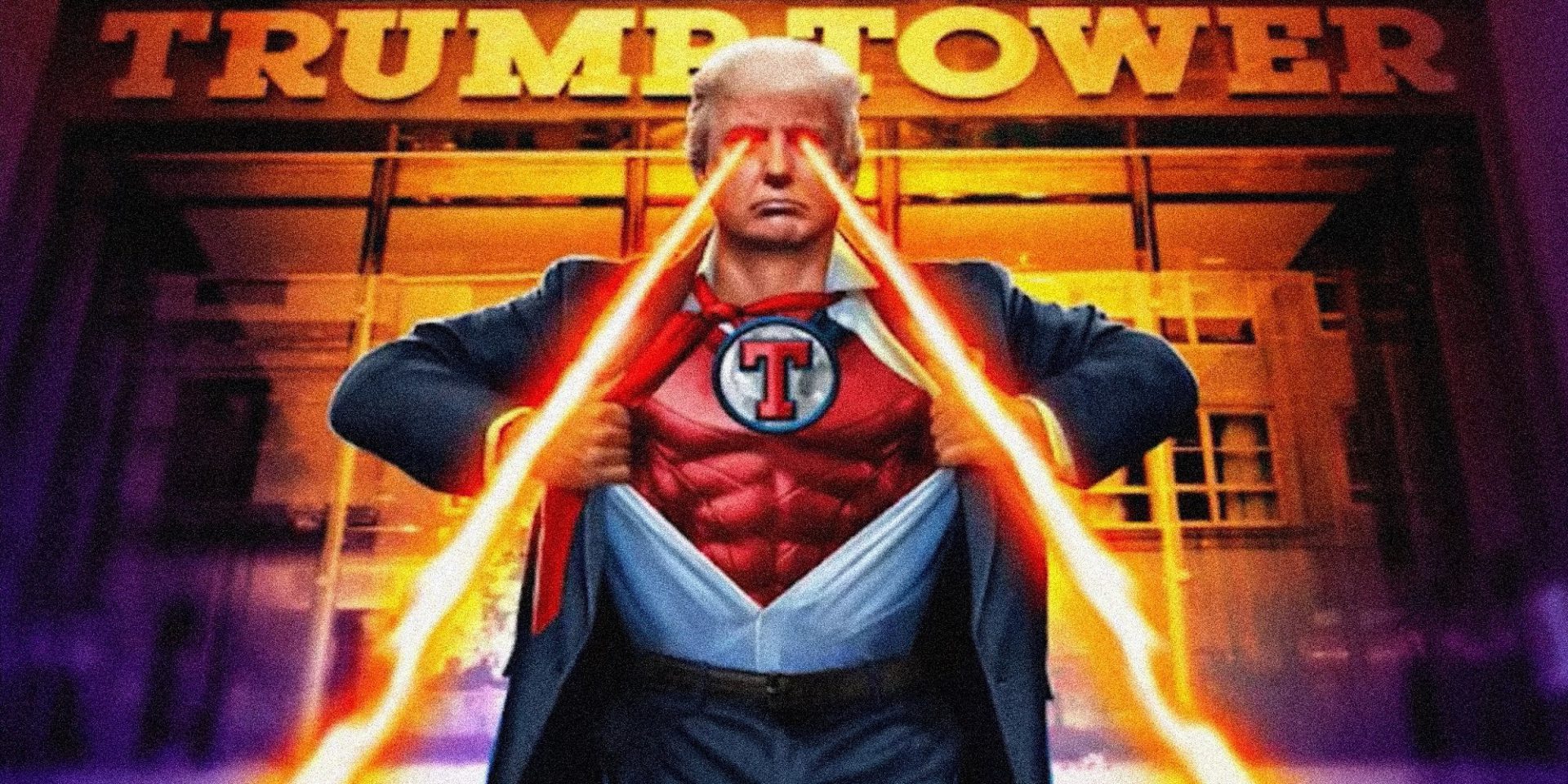Blur is chasing OpenSea market share, but its success depends on upcoming governance proposals

Blur, an NFT marketplace, has seen its trading volumes and overall sell-side liquidity skyrocket since conducting an airdrop on February 14, 2023. The reason for the spike could be the start of Season 2 airdrops, where 10% of the BLUR token’s total supply will be distributed to individual users based on their activity. The team allocated 12% to an early adopter airdrop in the first season that ran from the marketplace’s gated launch in March 2022 to February 2023.
Blur has made a significant dent in OpenSea’s position as the leading marketplace. Analysis from data scientist Hildobby shows that Blur eats into the market share of OpenSea and other aggregators such as X2Y2. Blur’s incentive program and advanced NFT trading capabilities are driving users to switch from OpenSea to Blur.
OpenSea knows the heat
Following Blur’s example, OpenSea ended its marketplace fee of 2.5% per sale. The fact that OpenSea LLC was willing to give up a significant portion of its earnings — close to about $336.8 million for one year — suggests that Blur’s growth is threatening it.
The two NFT giants have also recently locked horns on the critical issue recently of royalties. By limiting the ability to earn full royalties for creators on both platforms, creators must choose between Blur and OpenSea to list collections.
Pacman, the founder of Blur, told Cointelegraph on February 23 that OpenSea started the spat first. They were forced to retaliate with restrictive features such as limited royalties on Blur if a collection is also listed on OpenSea. But ideally, he wanted both creators to be able to earn royalties on both platforms without having to choose. It seems that Pacman wants OpenSea to succumb to the competition and instead of fighting Blur, it should gradually adapt to the aggregator.
Blur has also incentivized creators and users through the Blur token. It was also a way to compensate the revenue creators would have earned in lost royalties on the platform when it didn’t support them in the past. NFT traders, on the other hand, receive token rewards for adding liquidity to the platform by listing NFTs. So far, the plan has worked successfully, as Blur’s liquidity has skyrocketed following the token launch.
Blur has also gained a reputation as a “marketplace for pro-traders” thanks to its innovative features for experienced NFT traders such as sweep optimization, near-instant update of total price, filtering based on rarity score and gas optimization.
Blur’s success depends on management and upgrades
There are two paths that the BLUR token can take from here, either remain a non-performing token with governance features like Uniswap (UNI) or shift to allocate value addition methods to token holders.
In its current state, the BLUR token is similar to UNI, which puts it at a disadvantage because the market has moved on to concepts with real returns (such as GMX and SUSHI) or other innovative value accumulation methods (such as Curve’s vote escrow model) that encourage purchases.
The UNI token’s underperformance against Bitcoin in the last crypto rally from January to February 2023 is a testament to the fact that the market is discounting non-yielding tokens. UNI rose 40% in 2023 to peak against Bitcoin’s 50% rise.
Since its inception, Blur has charged zero fees on its platform. Pacman also discussed the potential value of BLUR holders by flipping the “fee switch” and directing rewards towards holders.
Staking is also a widely implemented feature that protocols use to discourage selling by providing inflationary rewards. Although this strategy helps to retain investors to some extent, without real returns it is likely to do more damage in the long term through inflation.
Blur’s token performance will be highly dependent on the decisions voted by BlueDAO. Until then, Blur’s growth in the NFT market will likely affect BLUR’s price because investors may not want to give up the opportunity for exposure to the niche market leader. However, the overall trajectory may remain to the downside, similar to what DYDX experienced in 2022.
The decentralized derivatives exchange is in the process of implementing significant changes to the platform, including improved value accrual to DYDX holders. But while the dYdX team works towards its V4 launch, platforms like GMX and Gains Network are benefiting from Ethereum layer-2 liquidity and LP-focused rewards and incentives.
Since the February 14 airdrop, BLUR’s sales pressure has eased considerably. Dune data scientist PandaJackson42’s Blur analytics page shows that 76.7% of BLUR airdrop recipients sold tokens.
This suggests that the selling pressure from airdrop recipients should end soon. However, the token’s earning schedule risks dilution from investor and team token unlocks starting in June 2023 and distribution of Season 2 rewards sometime later this year.
Blur is well-positioned to capture huge market upside, especially considering that OpenSea’s last raise in January 2022 valued the company at $13.3 billion. The fully diluted market value of Blur is currently five times less at $2.7 billion. The project can generate significant buying demand for its token by improving value addition.
The views, thoughts and opinions expressed herein are those of the authors alone and do not necessarily reflect or represent the views and opinions of Cointelegraph.
This article does not contain investment advice or recommendations. Every investment and trading move involves risk, and readers should conduct their own research when making a decision.

























